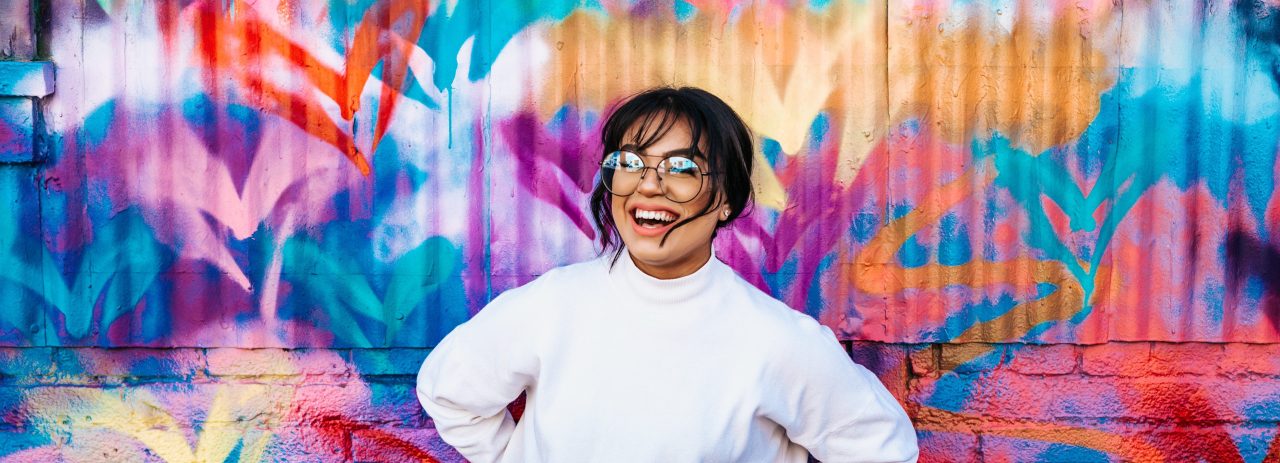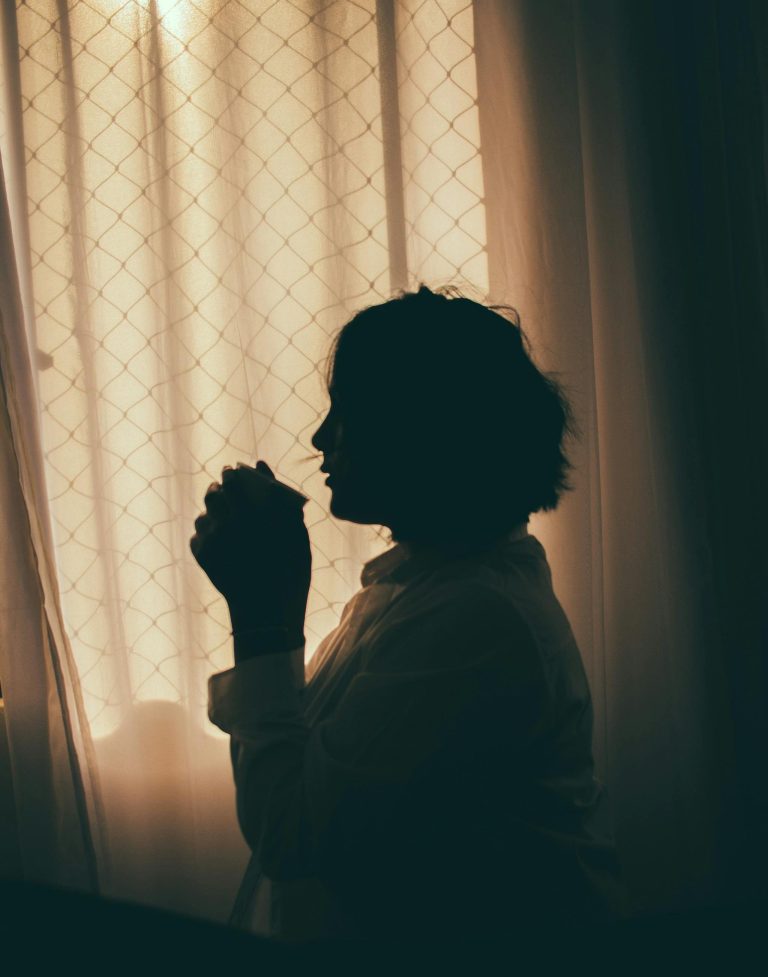
Here’s How I Learned How To Live Life Fully With A Chronic Skin Condition
At 24, I wear tank tops whenever I want to and I don’t care what anyone has to say about my scars.
I was 10 when I started shaving my armpits, so by the time I was 13 I was quite the little pro. The occasional nicks and cuts were no big deal; they were simply part of the glorious, magical process of becoming a woman.
One day, as I touched my fingertips to my right armpit, I felt a small nodule beneath the surface of my skin—not exactly normal, let alone glorious. Instead of reaching out to either of my parents, though, I decided to wait for the problem to go away on its own.
Cut to a year later, by which point the nodule had not yet magically disappeared. Instead, it had grown larger and opened up into a painful wound. Things became so bad that I could barely lift my right arm without experiencing indescribable pain. Feeling betrayed by my body, I didn’t know what to do.
When I felt the beginnings of another nodule developing in my left armpit, I finally mustered the courage to talk to my mom.
In the smallest voice imaginable, I said: “Mom, I have something underneath my arm.”
I was terrified of showing her how bad things had gotten, but at the same time I knew I had no choice. So I took a deep breath, pulled down my shirtsleeve, and slowly peeled my arm off of my body to reveal the damage.
Surprisingly, my mom didn’t immediately freak out. There was a sadness in her eyes, but she remained relatively calm as she told me she’d schedule a doctor’s appointment as soon as possible.
It was then that she explained she suffers from a chronic skin condition called Hidradenitis Suppurativa, and that I had probably inherited the disease from her. My mom was upset because she didn’t want me to suffer the way she had, but I could finally breathe: I wasn’t going to die, and deep down I knew I was going to be just fine, like my mom.
A dermatologist soon prescribed a few treatments to clear up my symptoms. I was left with several scars, but I was mostly relieved because I finally had my life back. More than that, I had a name for what had caused all the trouble.
Though manageable, living with HS is an ongoing challenge. Outside of the pain and physical discomfort, lack of awareness is a large part of the burden HS sufferers must bear. Moving to a new area means finding a new doctor who understands your diagnosis, which is often a lot harder than you’d think. Contrary to popular belief, most doctors aren’t walking encyclopedias armed with a complete understanding of the intricacies of every disease. In fact, I’ve seen my fair share perform a Google search of HS while in the room with me.
There’s also a lot of stigma attached to HS, which contributed to my insecurities growing up. As a teen, I never wore tank tops out of embarrassment for my scars, and for a long time I never told anyone outside my immediate family about my HS. Most people have never heard of Hidradenitis Suppurativa, and those who have simply don’t understand it. Once, I was reading a random listicle about the “gross diseases” doctors have to deal with, and beneath the headline there was a photo of an HS sufferer.
Hidradenitis Suppurativa is not contagious, nor is it disgusting. It is simply a chronic skin condition. While the flare-ups can be excruciating and the disease definitely impacts my quality of life, I try not to let HS affect my overall outlook, and I no longer hide in shame.
At 24, I wear tank tops whenever I want to and I don’t care what anyone has to say about my scars. When friends invite me to workout but my HS is limiting my range of motion, I’m honest about it and they’re always sympathetic.
People pass judgment on what they don’t understand, so I can only hope that more HS sufferers—and sufferers of other uncommon diseases—feel inspired to come forward and share their experiences. After all, life is way too short to suffer in silence. ![]()











